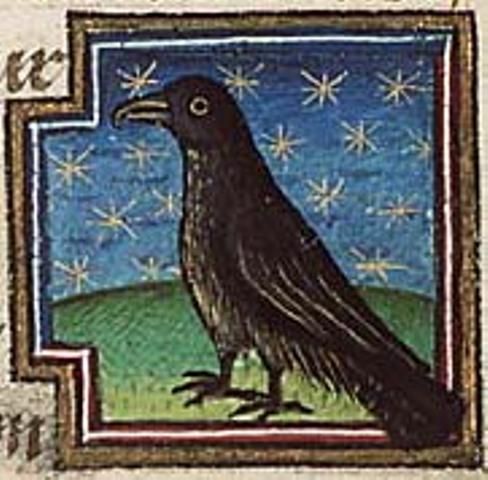















Sucellos
su-: good; cellos: strike
"Good Striker", likely refering to his hammer.
Gaulish-British pantheon
Epigraphic Evidence
There are inscriptions to Sucellos in Gaul and Britain, with most in Gaul.
As can be seen, he's assimilated to Silvanus, Roman god of forests and hunting, and his consort is Nantosuelta, "[goddess of the] sun-warmed valley", who is often depicted with a house on the top of her staff.
Imagery
Many depictions of Sucellos depict him posessing a hammer and a pot, often accompanied by a statue of Nantosuellta. The statues of Sucellos are reminicent of the Irish description of An Dagda, who has a magic club and cauldron.
Mythology
Though we have no record of Sucellos' mythology, it is possible that he was similar to the Irish god An Dagda, as mentioned above. Sucellos is identified by the Romans with Silvanus the god, and there's a story that St. Silvanus and the Dagda have in common: namely, the Dagda got his magic staff which could bring people back from the dead after journeying east to look for a way to raise his son. He comes upon three men, and "borrows" the staff and is able to raise Cermait. Now, St. Silvanus has a story that St. Peter gave Silvanus his crozier to raise Silvanus' partner Silvester from the dead, and he does so and they go off to Gaul to convert people. That's when the story with Rodena takes place.
Interestingly enough, Silvanus and Silvester's feast day is September 22; and if St. Silvanus has his origin in a Gaulish agriculture god, September 22nd is certainly appropriate.
Also, his name "good striker" may refer back to him being a type of thunder god, but there is no hard evidence otherwise.

Back to "S" | Back to JCE
Home
Mary Jones © 2008